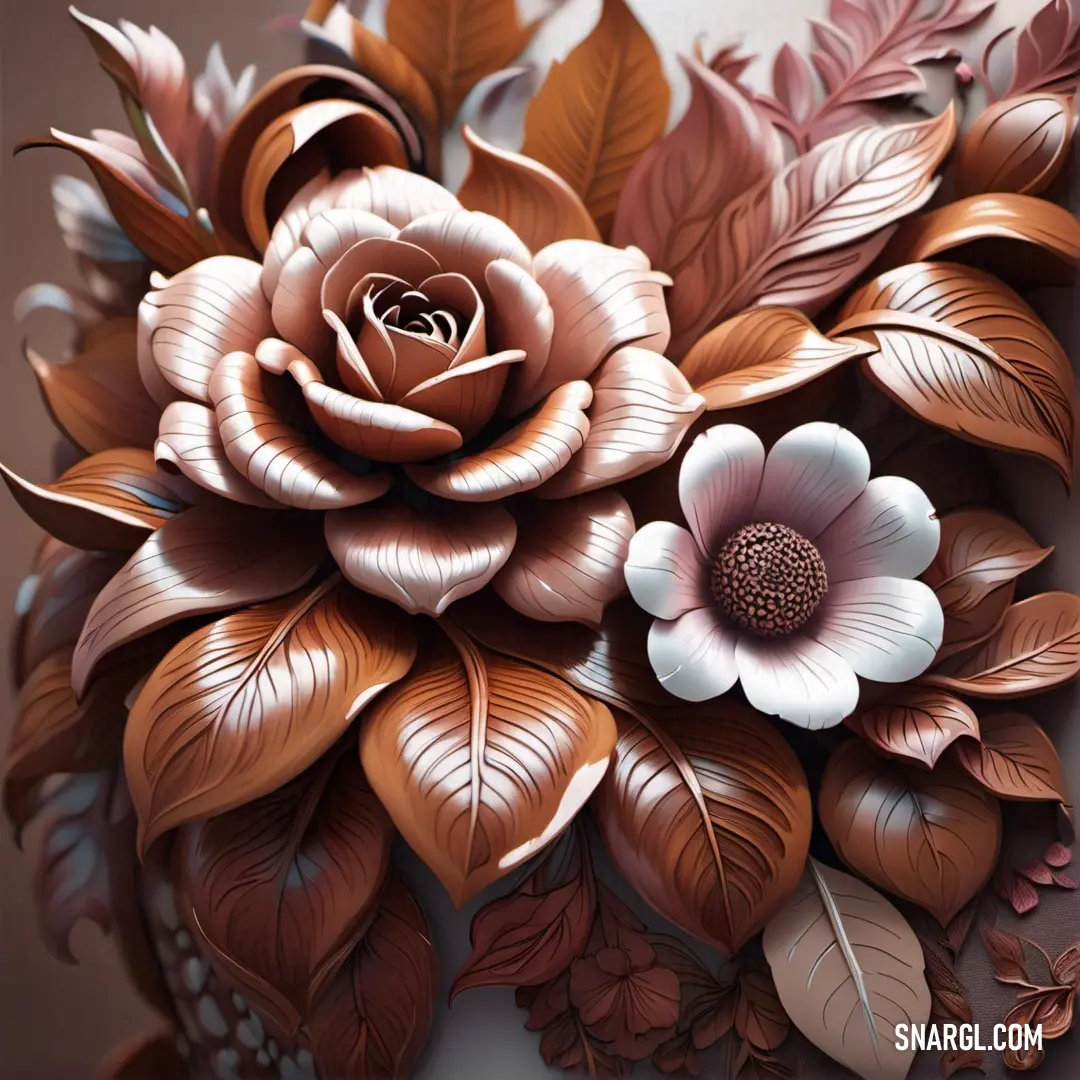
0
0
1
4
0
PANTONE 706 is a very light shade of pink-red, with a hexadecimal value of #F0CCD0.
In the RGB color model, it has 94.12% red, 80% green, and 81.57% blue.
It has a hue of 353 degrees, a saturation of 15%, and a lightness of 94% in the HSL color space.
PANTONE 706 is available in various Pantone products, such as guides, chips, and books.
It is also part of the Extended Gamut Coated Guide, which is a collection of colors that can be reproduced using a seven-color printing process.
PANTONE 706 is a soft and delicate color that can evoke feelings of romance, sweetness, and femininity.
